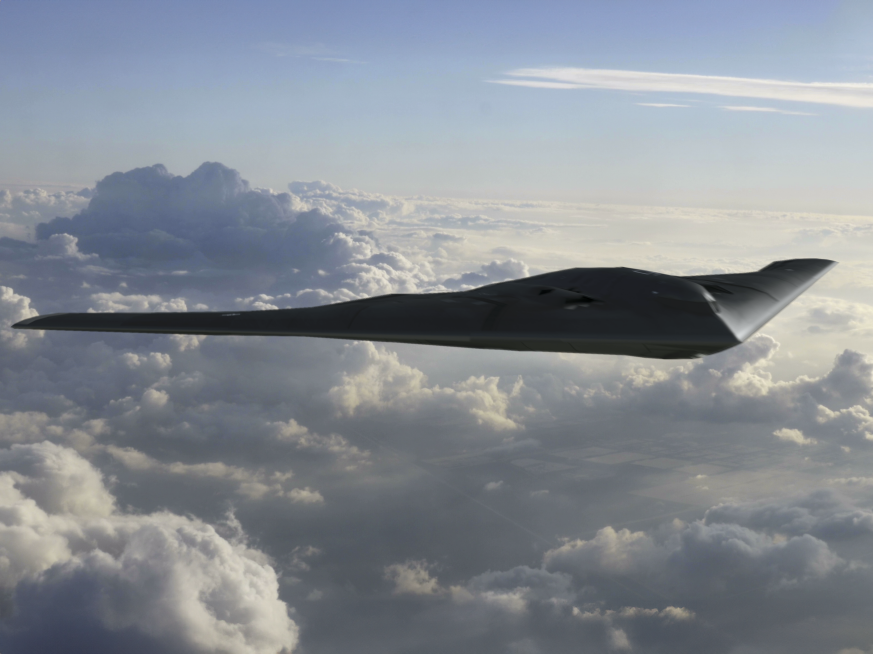Missile defense: The end of the interim solution
FORWARD DEFENSE
ISSUE BRIEF RELEASE
Since the 1980s, the United States has sought missile defenses that are effective against modern threats, are survivable themselves, and are cost effective on the margins. Forward Defense Nonresident Senior Fellow and former US Missile Defense Agency Director Patrick O’Reilly argues that current US missile defenses constitute an “interim solution” because they do not meet this bar. To correct this shortcoming, this issue brief advises the US Department of Defense to invest in directed energy missiles defenses.
Missile defenses ought to follow the Nitze criteria, being effective against modern threats, survivable, and cost effective on the margin
Reagan administration arms control advisor Paul Nitze proposed that missile defenses should be pursued if they are effective against modern threats, survivable, and cost effective on the margin. Kinetic missile defense interceptors fall short against these characteristics.
Contemporary missile developments threaten to render kinetic missile defenses ineffective by the end of the decade. Adversary nations—and even nonstate actors—can increasingly use missile salvos to overwhelm missile defenses. Unpredictable attack trajectories (from maneuvering warheads, submarine and cargo ship launchers, and even fractional orbital systems) can avoid sensors and defenses. Moreover, current missile defenses rely on fixed infrastructure that are vulnerable to missile attacks or special operations forces. Finally, the cost of kinetic missile interceptors can be an order of magnitude greater than the cost of the incoming missile threats.
Directed energy missile defenses—including lasers and high-powered microwave—are an attractive potential solution to this problem. Directed energy defenses have the potential to:
- Travel at the speed of light, and thus be less easily frustrated by maneuvering warheads;
- Execute near-simultaneous target engagements, and so defeat large salvos of threat missiles;
- Be mounted on mobile platforms and have a nearly unlimited amount of “ammunition,” making self-defense less of a challenge; and
- Have a cost-per-shot of pennies or dollars, as opposed to millions for a kinetic missile interceptor.
Key recommendations
Kinetic missile defense interceptors have served as an interim solution to the United States’ missile defense needs, but the time is drawing near for the end of the interim solution
- The US Department of Defense (DoD) should comprehensively analyze the relative advantages of directed energy missile defenses over kinetic interceptors.
- DoD should reprioritize its investments in kinetic interceptor systems to accelerate the development of directed energy systems.
[A]n investment strategy to accelerate the development of directed energy systems to a pace to counter the emerging threats before current US missile defense systems are deemed ineffective by potential US adversaries is warranted.
About the author
Subscribe
Sign up for updates from Forward Defense to hear the latest on the trends, technologies, and military challenges shaping tomorrow.

Forward Defense, housed within the Scowcroft Center for Strategy and Security, generates ideas and connects stakeholders in the defense ecosystem to promote an enduring military advantage for the United States, its allies, and partners. Our work identifies the defense strategies, capabilities, and resources the United States needs to deter and, if necessary, prevail in future conflict.
Image: The dual-sided ballistic missile early warning radar at Thule AFB.
